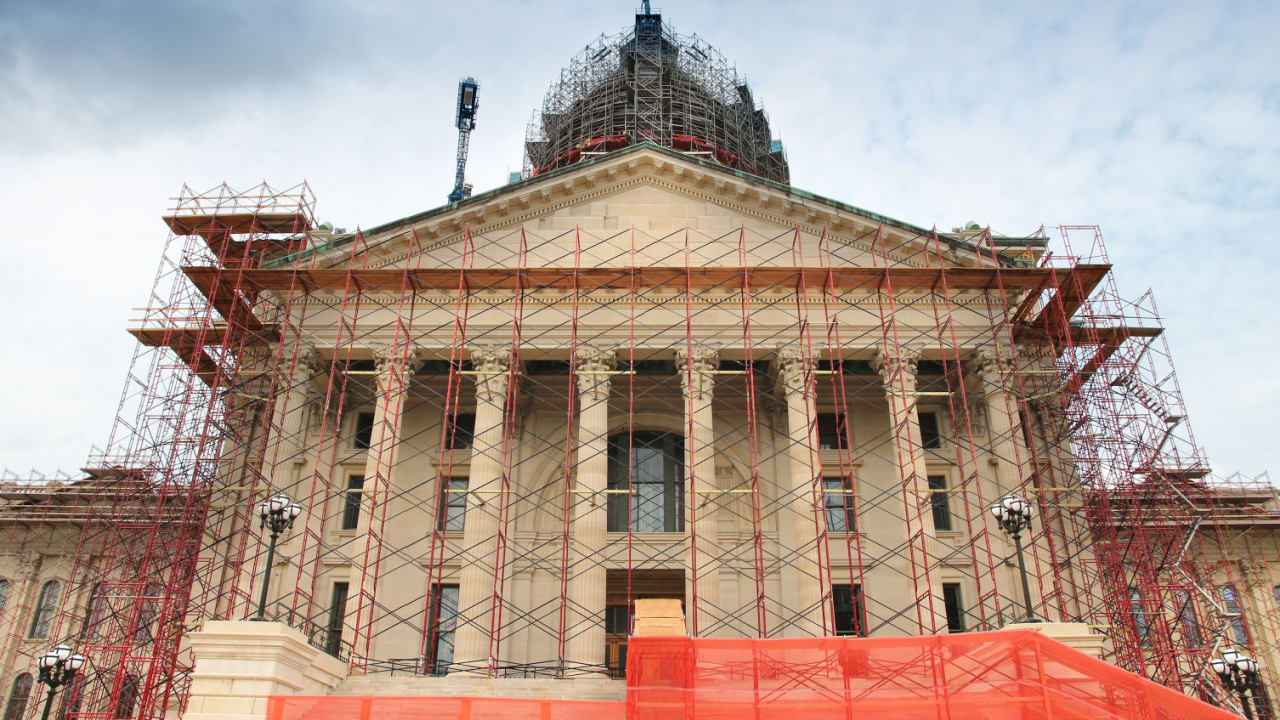
Six Ways to Put the Brakes on Social Inflation
Construction contractors, their brokers and agents and their insurance providers can work together to help curb the rising costs caused by social inflation to the construction industry.
Social inflation is a term used by the insurance industry to explain how and why the cost of insurer claims rise faster than the economy’s general inflation rate. As the Insurance Information Institute (Triple I) explains, insurance companies can generally predict and mitigate the costs of general economic inflation. Social inflation, however, is difficult to predict. It causes increases in insurance claims costs, loss ratios—an insurer’s incurred losses expressed as a percentage of premium earned—and ultimately policyholder premiums.
The drivers of social inflation can affect both the insurance and the construction industries. Among those that the Triple I lists are:
- Unusually protracted legal proceedings.
- Reversals or slowdowns of tort law reform, which is intended to limit extravagant awards and to eliminate easy means to sue.
- Third-party litigation funding (TPLF). This multibillion-dollar global industry, in which financial investors essentially bet on trial outcomes, is known for its lack of transparency. If it’s a good bet that a plaintiff will be awarded money, investors may fund the litigation in exchange for a percentage of the expected settlement or judgment.
- Inflated jury awards to claimants of $10 million or more are referred to as nuclear verdicts.
NUCLEAR VERDICTS IN THE CONSTRUCTION INDUSTRY
In 2019, U.S. nuclear verdicts of $20 million or more increased by more than 300% over the annual average from 2001-2010, according to data cited by Verisk in a 2021 report.
Contributing factors included the American public’s litigiousness and its generally negative perception of big businesses. A Gallup poll published in 2022 determined that just 46% of Americans had a positive view of big business, down 6% from the year before. The 2022 Edelman Trust Barometer, a global survey produced annually since 2000 by Edelman Data & Intelligence, indicates that while large businesses are more trusted than either government or news media, public distrust in business leaders is increasing. The perception among survey respondents that business leaders “are purposely trying to mislead people by saying things they know are false or gross exaggerations” increased by 7 points between the 2021 and 2022 studies, to 63%.
Although the health-care and trucking industries have been among those most affected, nuclear verdicts are also increasing in numbers and award amounts for construction contractors. As early as 2014, a Texas family was awarded $20.8 million in a suit against a Dallas home builder. In 2019, the top 10 jury awards for construction site accidents ranged from $5.5 million to $110.2 million.
Especially when there is injury to a third party, lawsuits against construction contractors often name every subcontractor attached to a contract, even if specific subcontractors had nothing to do with or weren’t even in the vicinity of the injury. In addition, believing that insurance companies — as big businesses — have deep pockets, plaintiffs and their attorneys hold hopes of outsized awards in nuclear verdicts.
Insurers, in response, tend to pay out settlements to avoid litigation, and the cumulative effect adds up. Unchecked, class-action lawsuits and nuclear verdicts appear likely to continue to increase, forcing insurance companies to adjust. As a result, construction contractors—along with other policyholders—will pay more in premiums.
Fortunately, insurers and their construction contractor clients can work together to slow down social inflation.
- Take suits to trial. Although it may seem counterintuitive, insurance companies and their contractor policyholders must try more cases, particularly the ones for which they have strong defenses. Insurers sometimes settle cases even when they perceive little or no company liability because it appears to be more cost effective to do so when the cost of protracted litigation is high. The tack is ultimately counterproductive, however. A willingness to settle encourages the plaintiff’s counsel to name everyone possible in each lawsuit. In contrast, plaintiffs who expect—based on a company’s history—that they will have to take a claim all the way through trial might be more hesitant to file suit.
- Conduct mock trials. A mock trial is a useful tool to help gauge social inflation and the nuclear verdicts that come with it. Defense counsel holds a mock trial with citizens serving as mock jurors, who are usually paid a stipend. The mock jury’s verdict provides insight into the potential outcome of a suit, aiding the company in its decision making. Although a mock trial is potentially expensive, it can be a useful cost-benefit analysis, depending on the size of the lawsuit and the company’s resources.
- Cap noneconomic damages. If noneconomic damages, such as pain and suffering, are capped realistically, verdicts can be prevented from going nuclear. It makes sense to lobby state and federal governments to embrace tort reform. There was a strong movement toward tort reform in the 1980s, but recent backpedaling by courts, including the U.S. Supreme Court, has caused the uncapping of noneconomic damages. Insurers can work with lawmakers to promote the value of tort reform.
- Curb contingency fees and statutes of limitations. The reduction of exorbitant contingency fees and the establishment of reasonable statutes of limitation will help curb social inflation. Contingency fees are payable to attorneys if they achieve a favorable result, and a statute of limitations provides that a plaintiff can sue only up to a certain deadline. Statutes of limitations have broadened considerably, boosting the potential for nuclear verdicts. Injured parties have a right to pursue being made whole, but there are social consequences to unlimited litigation. Contractors, their agents and brokers and their insurers can push state and federal legislators to reduce contingency fees and shorten statutes of limitation.
- Limit attorney advertising. Questionable advertising by some attorneys has caused injured parties to have unrealistic expectations of the verdicts and damages they might gain from a lawsuit. Insurers and industry advocates can petition lawmakers on both federal and state levels to rein in attorney advertising.
- Restrict third-party litigation funding. Finally, insurers and their construction industry clients should lobby to limit and legislate third-party litigation funding, forcing investor transparency. Typically, clients and their attorneys must carefully manage lawsuit expenses, but their “vigilance may decrease when third-party funders get involved with a lawsuit, potentially allowing litigation to draw out and expenses to soar,” says Triple I.
WORK TOGETHER
Construction contractors, agents and brokers and insurance providers can coordinate efforts to combat social inflation and reduce or eliminate nuclear verdicts. Together, we can help keep insurance costs under control.
Related stories








